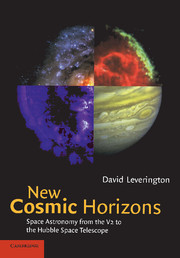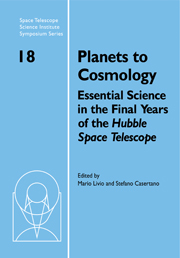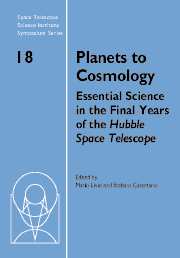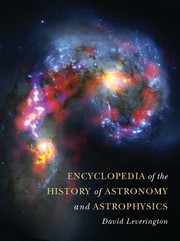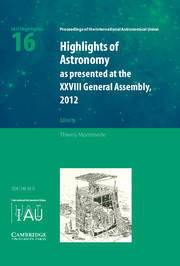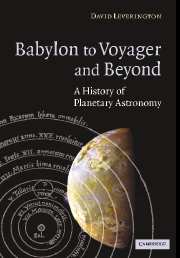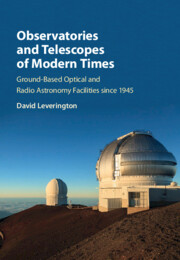New Cosmic Horizons
New Cosmic Horizons tells the extraordinary story of space-based astronomy since the Second World War. Starting with the launch of the V2 rocket in 1946, this book explores the triumphs of space experiments and spacecraft designs and the amazing astronomical results that they have produced. David Leverington examines the fascinating way in which the changing political imperatives of the United States, USSR/Russia and Western Europe have modified their space astronomy programs. He covers all major astronomy missions of the first fifty years of space research: the Soviet Sputnik and American Explorer projects, the subsequent race to the moon, solar and planetary missions, and the wonders of modern astrophysics culminating in the exciting results of the Hubble Space Telescope. Extensively illustrated, New Cosmic Horizons offers amateur and professional astronomers an unusual perspective on the history of astronomy in our time.
David Leverington was Design Manager of the GEOS Spacecraft and Meteosat Program Manager for ESA in the 1970s. During his tenure as Engineering Director at British Aerospace in the 1980s, he was responsible for the Giotto spacecraft that intercepted Halley's comet, and the Photon Detector Assembly and solar arrays for the Hubble Space Telescope. He is a Fellow of the Royal Astronomical Society. He lives in Essex, England.
- Both spacecraft and their results are discussed, as are both the scientific and political aspects of the various space programmes
- European space programme covered as well as that of the USA and Soviet Union/Russia
- Extensive footnotes and glossary allow the book to be read by amateur astronomers and technically minded readers as well as professional astronomers
Reviews & endorsements
"Not only is the writing in New Cosmic Horizons thorough and clear, but the book is also well structured, and the appendices, glossary, bibliography and other summaries allow the reader to navigate it reasonably easily. Besides, as a participant in space research since the 1960s, the author witnessed many of the events first-hand, giving his writing authority...I recommend the book to anyone interested in space astronomy--laypersons, students of astronomy, and professional astronomers." Nature
"illustrated and with a comprehensive, "reader friendly" text ideal for both astronomy students, non-specialist general reader.New Cosmic Horizons will prove to be an essential, core addition to any personal, academic or community library reference collection." The Bookwatch
Product details
June 2001Paperback
9780521658331
520 pages
244 × 170 × 27 mm
0.82kg
126 b/w illus. 15 tables
Available
Table of Contents
- Preface
- 1. The sounding rocket era
- 2. The start of the space race
- 3. Initial exploration of the Solar System
- 4. Lunar exploration
- 5. Mars and Venus: early results
- 6. Mars and Venus: the middle period
- 7. Venus, Mars and cometary spacecraft post-1980
- 8. Early missions to the outer planets
- 9. The Voyager missions to the outer planets
- 10. The Sun
- 11. Early spacecraft observations of non-solar system sources
- 12. A period of rapid growth
- 13. The high energy astronomy observatory programme
- 14. IUE, IRAS and Exosat - spacecraft for the early 1980s
- 15. Hiatus
- 16. Business as usual
- 17. The Hubble Space Telescope.

